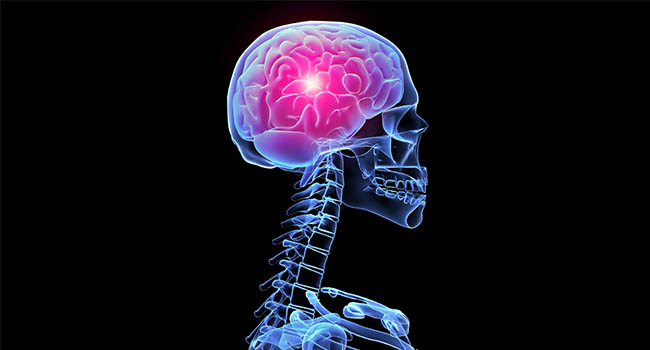C2ST Speakeasy with Adam Khan
A Diamond Age of Microelectronics at Geek Bar Chicago’s SCIENCE! Tuesday
In modern electronics, speed, durability, and the ability to withstand heat are important properties. Diamonds, when used as a semiconductor, possess not only these characteristics, but have material properties such ultra-hardness, complete transparency to visible light, ultra-high thermal conductivity, ultrafast power and frequency handling and switching.

